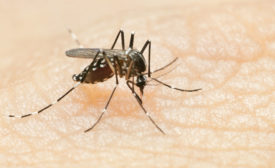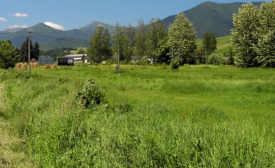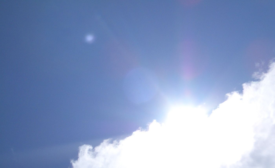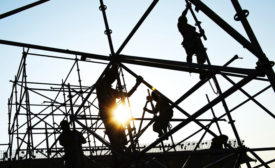Home » outdoor worker safety
Articles Tagged with ''outdoor worker safety''
Lightning strikes an overlooked occupational hazard
When thunder roars, go indoors!
June 6, 2016
Never miss the latest news and trends driving the safety industry
eNewsletter | Website | eMagazine
JOIN TODAYCopyright ©2024. All Rights Reserved BNP Media.
Design, CMS, Hosting & Web Development :: ePublishing







